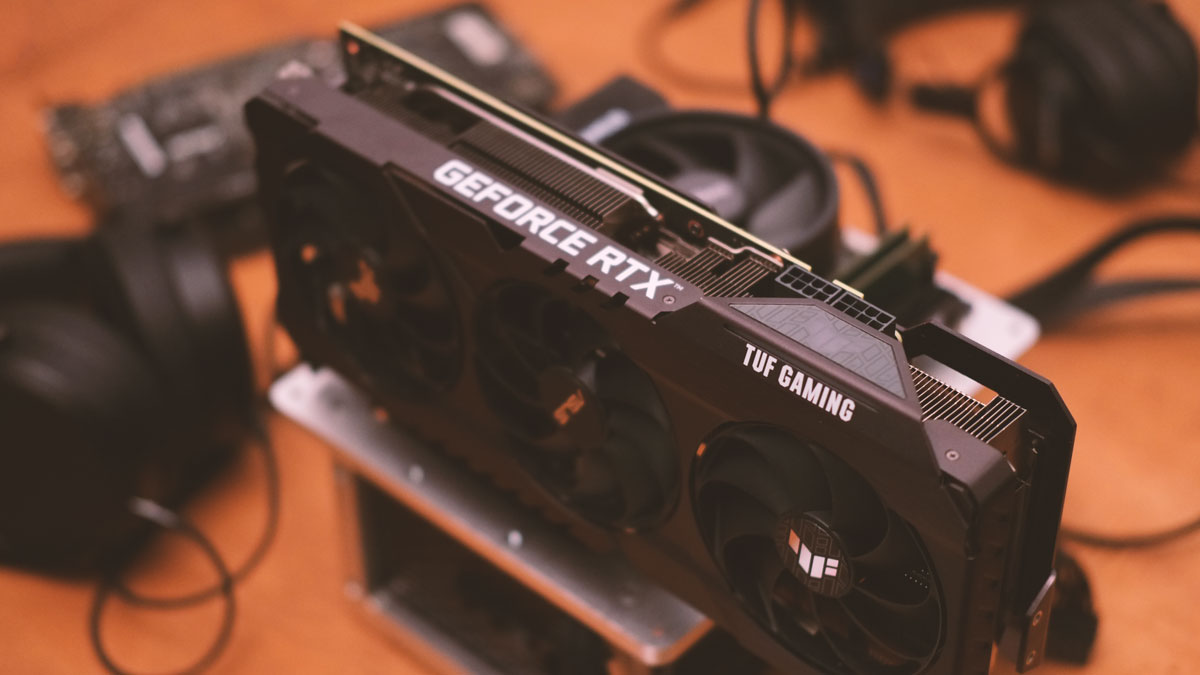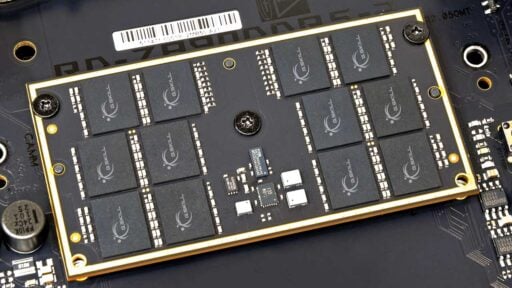The Nvidia GeForce RTX series saw its first inception with the RTX 20 Series – serving as the successor of the well received GTX 10 Series. It is also the very first real-time hardware based ray tracing graphics card.
With that said, reception of the early RTX family weren’t exactly the best with a few exceptions due to a multitude of factors involved. That includes the early development of the ray tracing hardware built within Turing and the number of games that supports it at launch. Suffice to say, adoption was really hard back then and it is especially true even for gamers with an already good GTX 10 Series card.
Years went by with various iterations and improvements to the Turing silicon effectively paving the way for its now-popular successor, the Nvidia “Ampere” based RTX 30 Series. Why is this family of graphics cards this hot right now? We have answers.
Table of Contents:
- 1 A Rightful Successor
- 2 Several World Firsts
- 3 The Founders Edition Cards are just Smexy
- 4 Ray Tracing and DLSS just got better
- 5 The custom cards from Nvidia Brand Partners are also Lit!
- 6 Essential RTX Features for work and play
- 7 360Hz and 8K Gaming Ready
- 8 Just in time for the holidays
- 9 The price factor
- 10 In Closing
A Rightful Successor
Based on the 8nm Ampere silicon, the RTX 30 Series is the rightful successor to the RTX 20, effectively becoming the 2nd generation RTX family of GPUs from Nvidia. Below are the improvements of the Ampere architecture over its Turing predecessor:
- 8nm process (Samsung)
- 2x FP32 performance per SM
- 3rd gen Tensor Cores
- 2nd Gen RT Cores
- GDDR6X support
- PCI Express 4.0 support
- NVLink 3.0 (RTX 3090)
- HDMI 2.1 support
The most important takeaways here are the 2x FP32 performance per SM, the 3rd gen Tensor Cores, 2nd gen RT Cores and the GDDR6X support on top of the 8nm manufacturing process. Hue step-ups compared to the outgoing series.
| RTX 30 | RTX 20 | GTX 10 | GTX 9 | |
| Architecture Name | Ampere | Turing | Pascal | Maxwell |
| Streaming Multiprocessors | 2x FP32 | 1x FP32 | 1x FP32 | 1x FP32 |
| Ray Tracing Cores | Gen 2 | Gen 1 | – | – |
| Tensor Cores (AI) | Gen 3 | Gen 2 | – | – |
| Memory | Up to 24 GB GDDR6X | Up to 11 GB GDDR6 | Up to 11 GB GDDR5X | Up to 6 GB GDDR5 |
| NVIDIA DLSS | Yes | Yes | – | – |
| NVIDIA Reflex | Yes | Yes | Yes | Yes |
| NVIDIA Broadcast | Yes | Yes | – | – |
| DX12 Ultimate | Yes | Yes | – | – |
In layman’s term, the RTX 30 Series is everything the RTX 20 could offer but with MORE oomph for the money.
Several World Firsts
The GeForce RTX 30 Series GPUs also feature several world firsts. For an instance, it is the first gaming-class graphics family with up to 24GB of blazing-fast GDDR6X VRAM (RTX 3090).
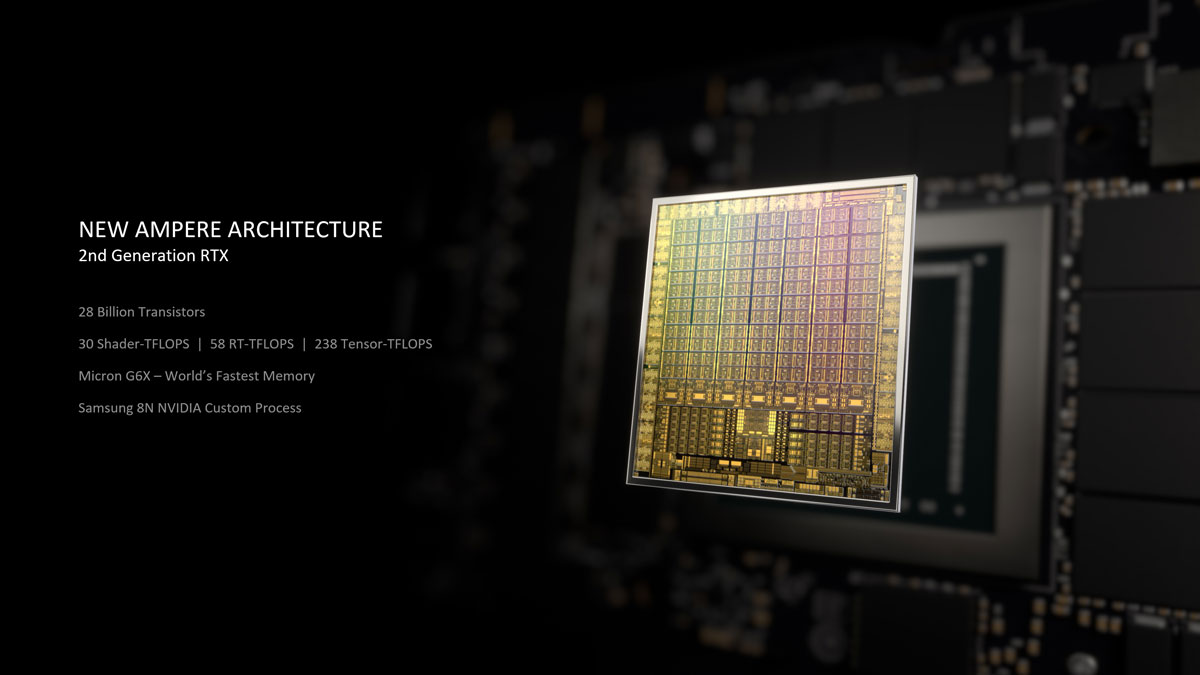
The RTX 30 Series is also the first GPU family with HDMI 2.1 support for 4K high refresh rate and 8K gaming. More so, they’re the first discrete GPUs with support for the AV1 codec, essentially enabling us to watch high-resolution streams with significantly less bandwidth usage required. Best of all, the Founders Edition cards are the first with innovative dual axial flow design through its cooling solutions – which is something we’ll talk about in the next section.
The Founders Edition Cards are just Smexy
If the Founders Edition GTX 10 series looks edgy and the RTX 20 classy, then the RTX 30 is a bit of both – but with heavy emphasis on the cooling performance.
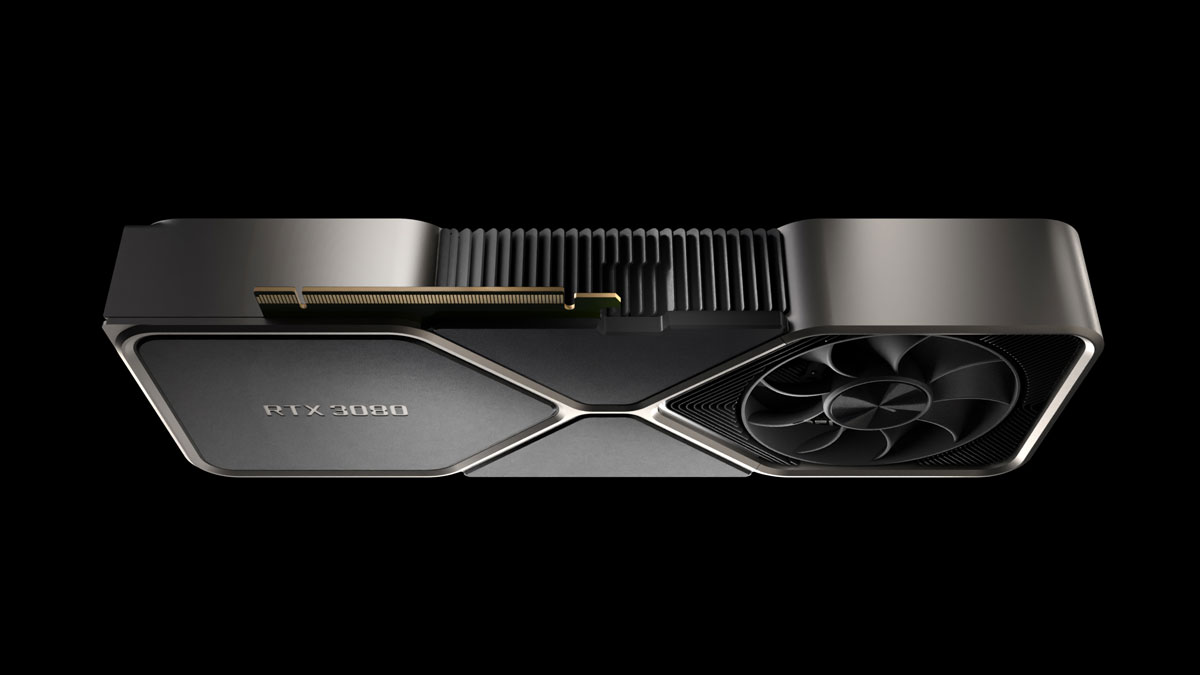
Dubbed as the best Founders Edition design by many due to its innovative dual axial flow cooling solution, the RTX 3090 and 3080 features two fans – one at the left front, and another on the right rear. This effectively dissipates heat away from the cards.
The Founders Edition cards of the RTX 3090 and 3080 are indeed one of the best looking reference blocks since the Founders Edition cards became a thing. Even the RTX 3070’s design could hold a candle over the past iterations. They just look really good.
Ray Tracing and DLSS just got better
With years worth of improvements, the RTX 30 series is just better at hardware ray tracing over its predecessor. In fact, an RTX 3080 is just faster than the RTX 2080 Ti with or without ray tracing.
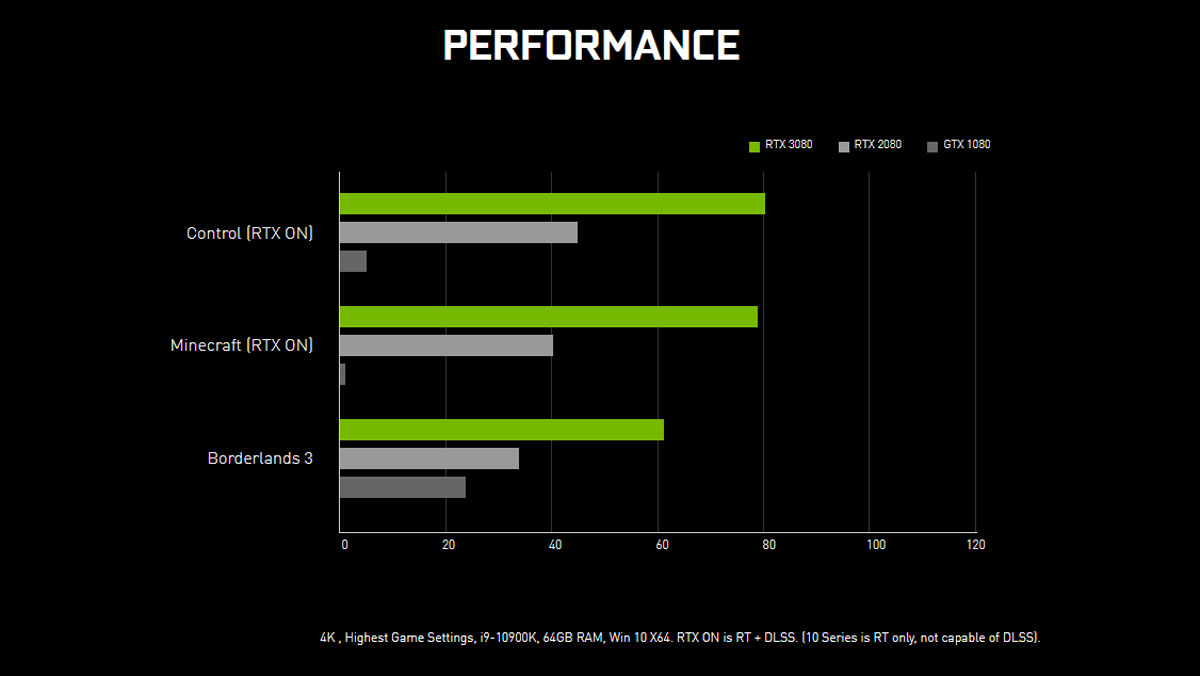
DLSS performance is another thing worth noting here with the improved 3rd gen Tensor Cores at its helm. With more games supporting it and with the performance of the RTX 30, playing games on 4K displays now makes absolute sense – with minimal performance impact.
The custom cards from Nvidia Brand Partners are also Lit!
Every launch – especially graphics cards, had some of the best custom designs in the past. Holds true up to this date with Nvidia AIB partners battling it out in a supremacy of technical features and performance.
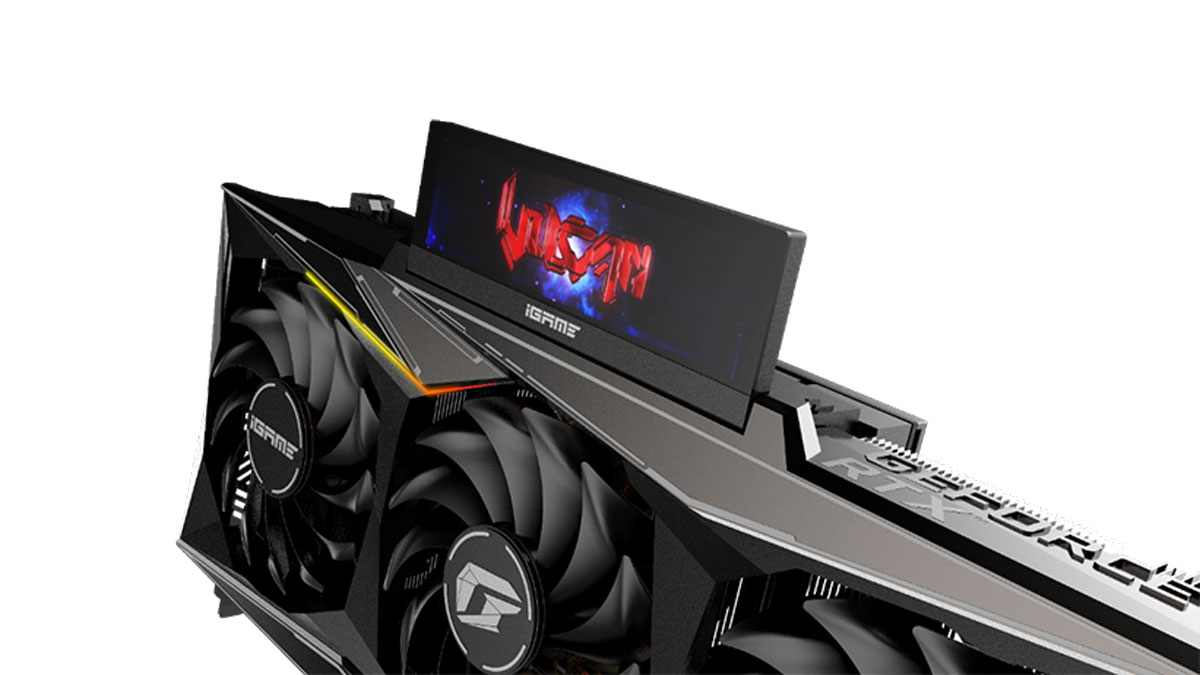
This is a win-win scenario for gamers looking to finalize their build with a matching performance requirements and aesthetics. You want fancy? The Colorful iGame RTX 3080 Vulcan OC is just that. A bit of a industrial yet gaming oriented design suits your needs? Then the ASUS TUF Gaming RTX 3080 10G OC will do the trick.
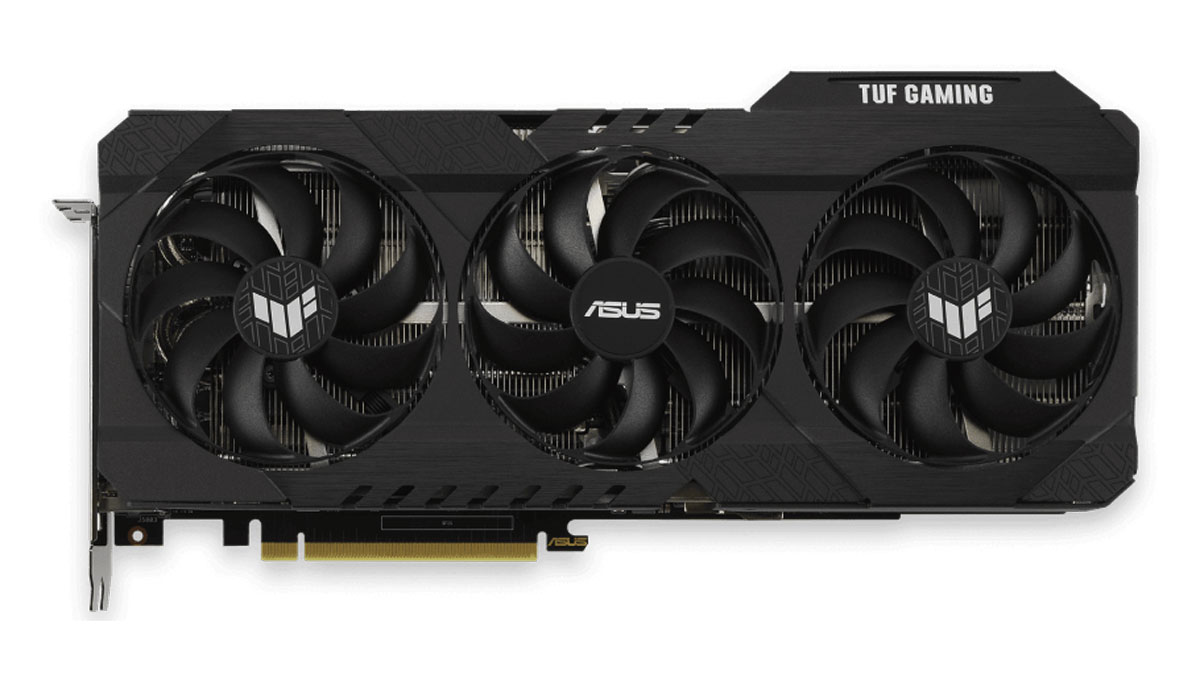
Essential RTX Features for work and play
With the launch of the RTX 30, Nvidia upped their game not only with ray tracing and DLSS improvements but also with the introduction of NVIDIA Reflex, more AI-accelerated features and app support, next gen hardware encoding-decoding and so much more. Key takeaways here are the following:
- Nvidia RTX IO – GPU Accelerated storage.
- Nvidia Reflex – Measures and optimize system latency.
- Nvidia Broadcast – AI powered audio and video tool.
- NVIDIA Studio Creative Applications – Hardware-accelerated workflow for supported apps.
Be it for work or play, all RTX 30 Series models are ready to provide its support. Best of all, some of these features – such as the Nvidia Broadcast requires a minimum of any RTX 20 Series model. If you’re coming from an RTX 2060 then you’re obviously got yourself a free software to check out.
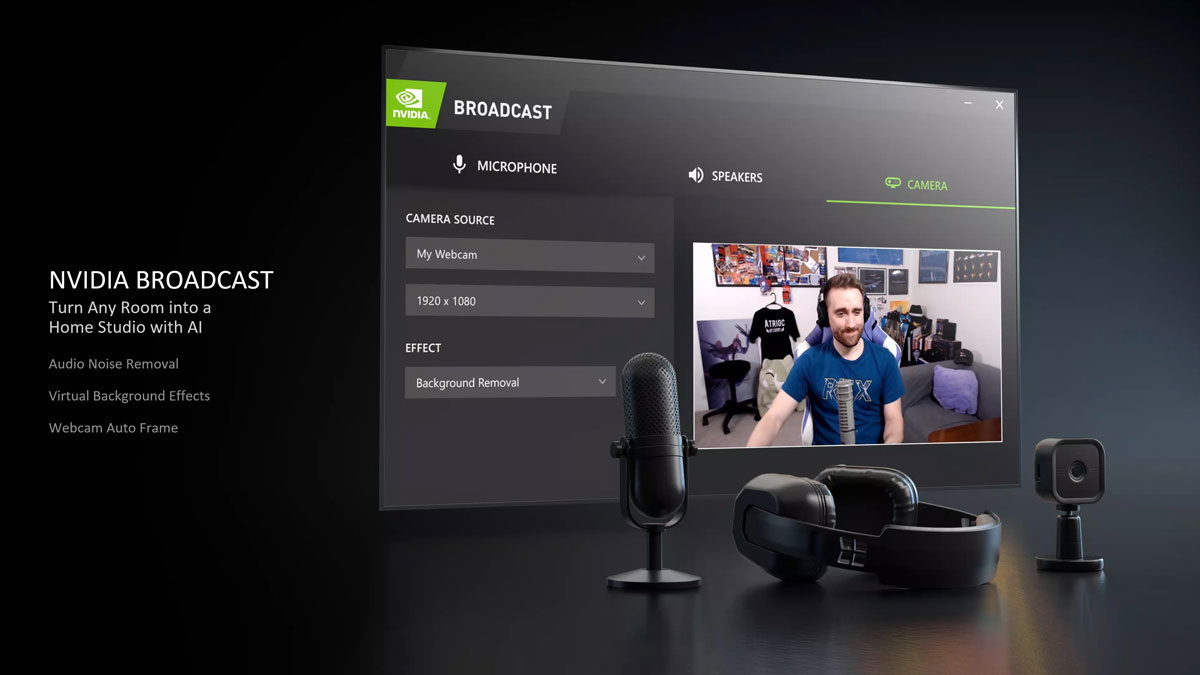
360Hz and 8K Gaming Ready
With astronomical performance figures, the RTX 30 Series cards at launch are ready to support FHD 360Hz and even 8K gaming panels. DLSS plays a huge part in this but for 360Hz, it’s all about motion clarity, latency and pure competitive requirements that the RTX 30 could fill.
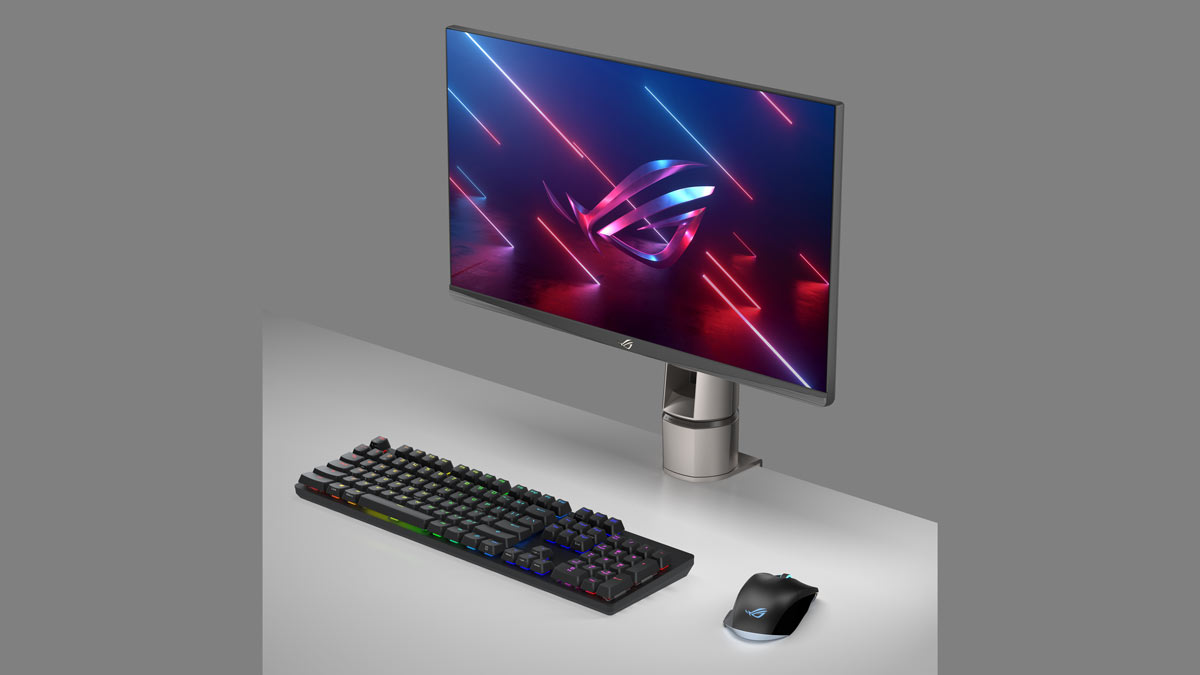
Just in time for the holidays
Launched this September, the RTX 30 is what we could say the perfect holiday gift that any PC gamer could receive. People usually got expendable savings this time around so Nvidia legitimately took that into consideration to maximize market saturation. What works for them works for us though.
The price factor
Ampere is just not about performance, it is also about the price – or how Nvidia pulled off such an endearing cash grab in the first place.
| Model | Price (USD) |
| RTX 3090 | $1500 |
| RTX 3080 | $700 |
| RTX 3070 | $500 |
You see, upgrades are inevitable especially in the world of PC gaming. But, with a surprising performance and price point for each RTX 30 models, even the RTX 20 Series owners could upgrade without a flinch.
In Closing
The GeForce RTX 30 Series is such a top-tier launch from Nvidia, ultimately receiving excellent remarks from the gamers and the industry itself. The products are so hot right now, Nvidia stated that there’s no problem with the stocks – it is the demand. No sherlock needed here since the holidays season, price, performance and the overall hype factor combined made it so.

